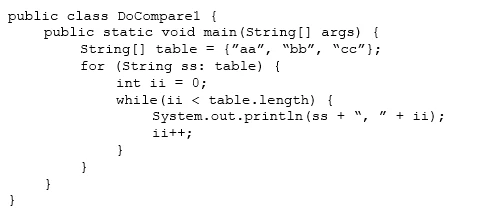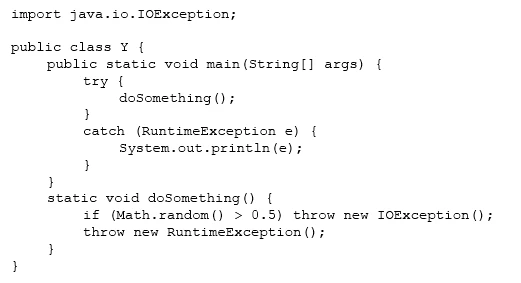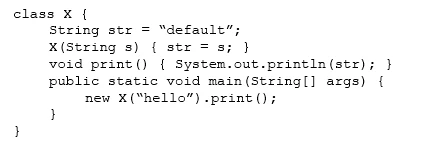
What is the result?

The first println statement, System.out.println(array[4][1]);, works fine. It selects the element with index 4, {0, 4, 8, 12, 16}, and from this array, it selects the element with index 1, which is 4. The second println statement, however, is written incorrectly. The correct syntax should be System.out.println(array[1][4]);. As written, it would cause a compilation error due to incorrect syntax. If corrected, it would also fail at runtime with an ArrayIndexOutOfBoundsException since array[1] has only 2 elements and accessing index 4 is out of bounds.



